Uganda‘s history is a tapestry woven with threads of ancient kingdoms, colonial rule, independence struggles, and cultural diversity. Nestled in the heart of East Africa, this landlocked country has been home to diverse ethnic groups for centuries, each leaving its mark on the landscape and shaping the nation’s identity.
From the powerful Buganda Kingdom to the influence of Arab traders along the Swahili coast, Uganda’s history is a complex mosaic of traditions and influences. The arrival of European explorers in the 19th century brought further changes, as colonial powers vied for control over this fertile land.
Independence in 1962 marked a new chapter in Uganda’s history, but it was not without its challenges. The turbulent reign of Idi Amin and subsequent civil wars have left scars on the nation’s psyche. Yet through it all, Uganda has emerged as a resilient and vibrant country with a rich cultural heritage waiting to be explored.
Exploring The Royal Tombs Of Kasubi
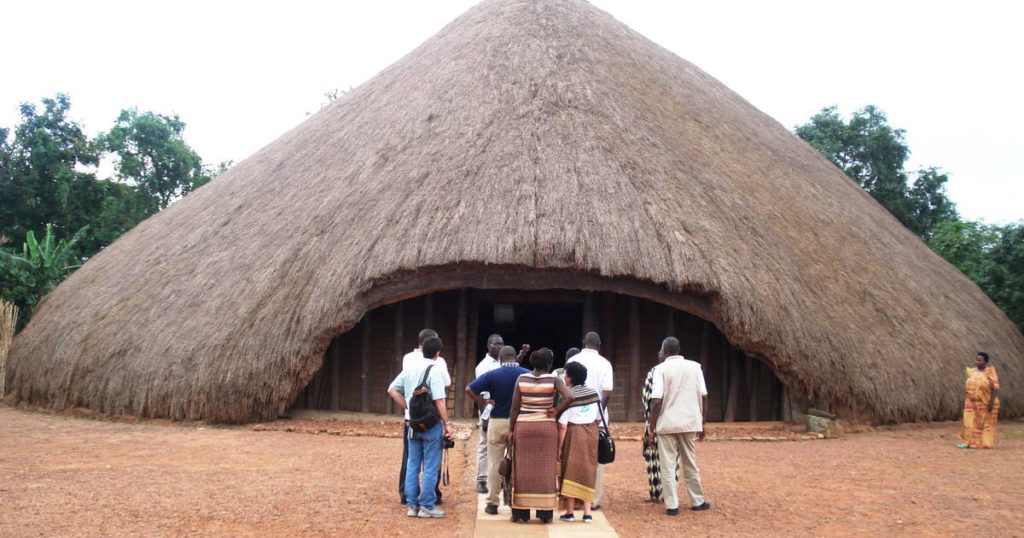
One of the most fascinating historic sites to visit in Uganda is the royal tombs of Kasubi. Located in Kampala, these tombs are the burial grounds of four kabakas, or kings, of Buganda kingdom. The site was originally built in 1882 and has since been recognized as a UNESCO World Heritage Site.
Exploring the royal tombs of Kasubi offers visitors a unique glimpse into the rich history and culture of Uganda. The traditional architecture and design of the tombs provide insight into the beliefs and customs of the Buganda people. Additionally, the intricate rituals and ceremonies that are still performed at the site offer a living connection to Uganda’s past.
Visitors can wander through the various structures at Kasubi, including thatched-roof buildings and sacred burial grounds. Guided tours are available to provide historical context and explain the significance of each part of the site. Overall, exploring the royal tombs of Kasubi is a memorable journey through Uganda’s vibrant history.
The Ancient Rock Paintings Of Nyero
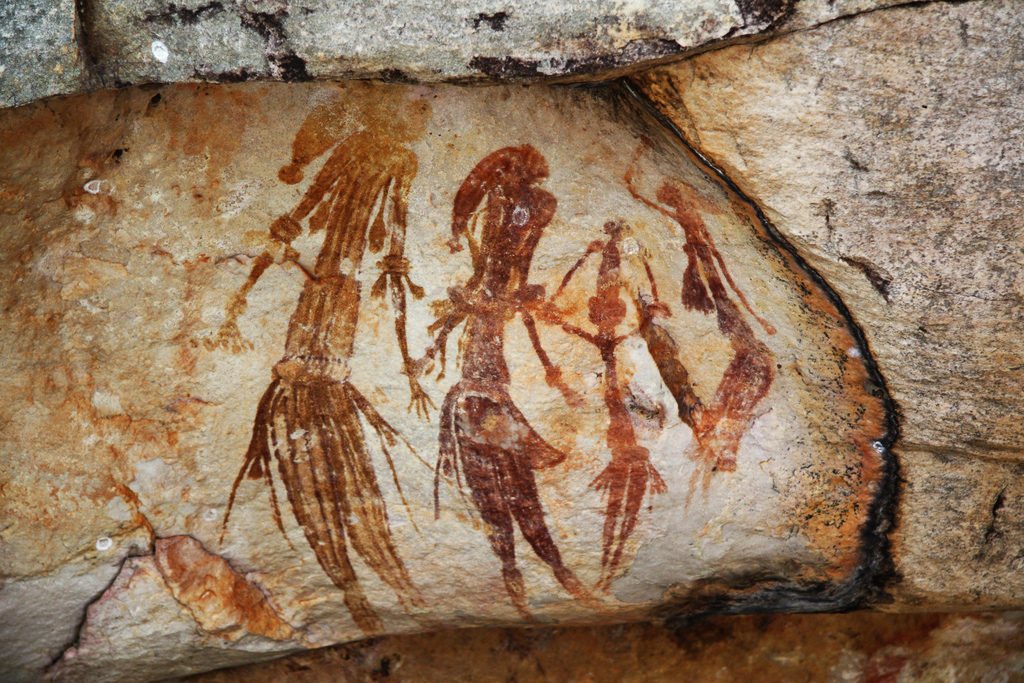
One of the most fascinating historic sites to visit in Uganda is the ancient rock paintings of Nyero. Located in the eastern part of the country, these prehistoric artworks are believed to date back over 3,000 years. The paintings are found on three granite outcrops and depict various animals, human figures, and geometric patterns.
The significance of these paintings lies in their cultural and historical value. They provide a glimpse into the lives and beliefs of the ancient inhabitants of Uganda, offering insights into their artistic skills and spiritual practices. The rock art at Nyero is a testament to the rich cultural heritage of Uganda and serves as a reminder of the country’s long history.
Visiting the ancient rock paintings of Nyero allows travelers to connect with Uganda’s past and appreciate the artistic achievements of its early inhabitants. It is a unique opportunity to step back in time and marvel at these remarkable works of art that have stood the test of centuries.
Visiting The Fort Portal And Its Colonial Architecture
One of the must-see historic sites in Uganda is the Fort Portal, located in the western part of the country. This charming town is known for its beautiful colonial architecture, which reflects Uganda’s past under British rule. Visitors can take a leisurely stroll through the town center and admire the well-preserved buildings that date back to the early 20th century.
The most iconic structure in Fort Portal is the Kabarole District Headquarters, a grand building with intricate details that showcase the colonial influence on Ugandan architecture. Another notable site is the Rwebitaba Anglican Church, a stunning example of colonial-era church design with its towering spire and stained glass windows.
Exploring Fort Portal offers a glimpse into Uganda’s history during the colonial period and provides insight into how this small town has retained its charm and character over the years. Whether you are interested in history or simply appreciate beautiful architecture, a visit to Fort Portal is sure to be a memorable experience.
Discovering The Idi Amin Torture Chambers In Kampala
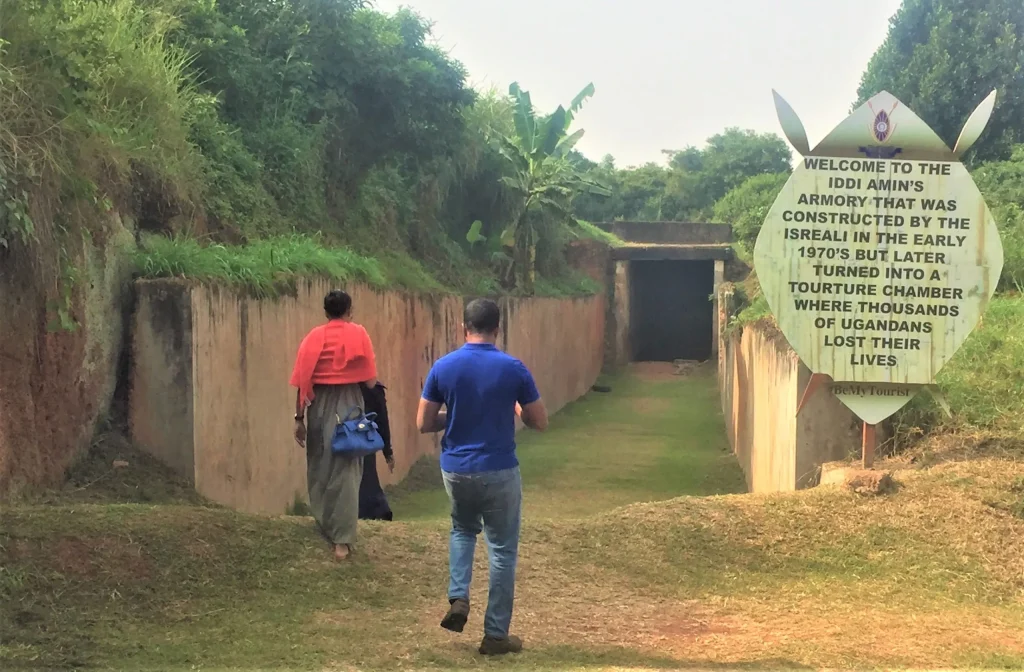
One of the most chilling but important historic sites in Kampala is the Idi Amin torture chambers in Kampala. Idi Amin was a brutal dictator who ruled Uganda with an iron fist from 1971 to 1979. During his regime, thousands of people were tortured and killed in these chambers, leaving behind a haunting legacy that still lingers today.
Visiting these chambers is a sobering experience that allows visitors to gain insight into the dark chapter of Uganda’s history. The walls are lined with graffiti and markings left behind by prisoners, serving as a stark reminder of the horrors that took place within these walls.
While it may not be a pleasant experience, exploring the Idi Amin torture chambers is essential for understanding the impact of his reign on the people of Uganda. It serves as a poignant reminder of the importance of learning from history to ensure such atrocities are never repeated.
Journey To The Source Of The Nile In Jinja
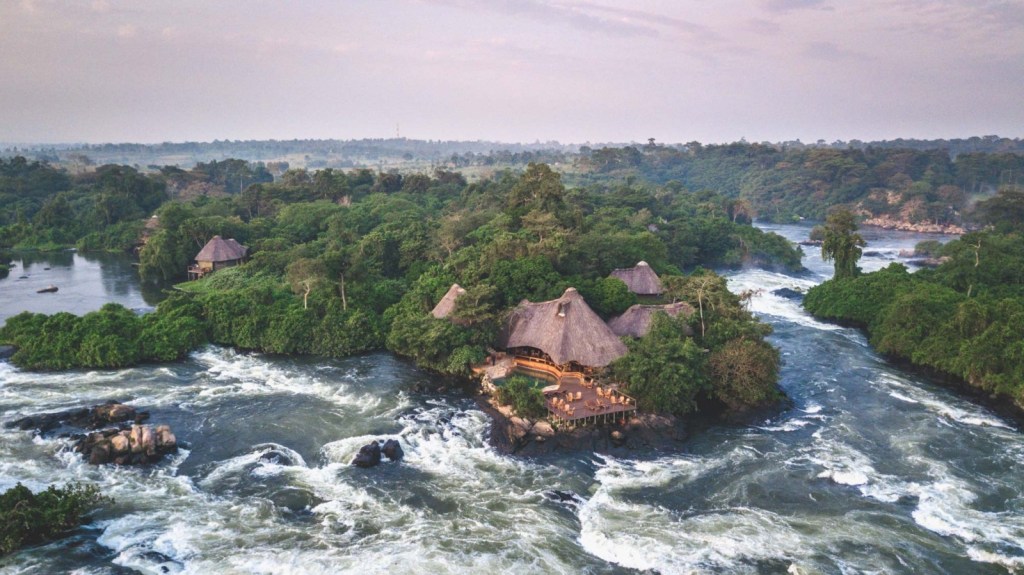
One of the most iconic historic sites in Uganda is the source of the Nile in Jinja. This site holds immense historical significance as it marks the spot where the White Nile begins its journey northwards towards Egypt. Visitors can embark on a boat ride on Lake Victoria to reach the exact point where the Nile River emerges from the lake.
The journey to the source of the Nile offers a unique opportunity to witness firsthand one of nature’s most incredible phenomena. As you stand at this historic site, you can feel a sense of awe and wonder at the sheer power and beauty of this mighty river.
Additionally, visitors can explore nearby attractions such as Speke Monument, which commemorates explorer John Hanning Speke’s discovery of the source of the Nile in 1862. The tour to Jinja is not just a trip through Uganda’s history but also a chance to connect with nature and appreciate the wonders of our world.
Reflecting On Uganda’s Independence At Kololo Hill
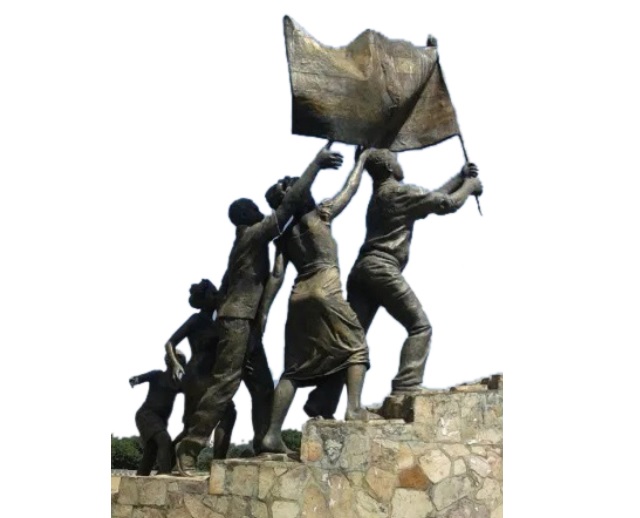
Kololo Hill holds a significant place in Uganda’s history as the site where the country gained its independence from British colonial rule on October 9, 1962. Standing atop this hill, visitors can feel the weight of history as they reflect on the struggles and triumphs that led to Uganda’s freedom
The Independence Monument, located at Kololo Hill, serves as a reminder of this momentous occasion. The monument depicts a man raising a child in one hand and a woman holding an axe in the other, symbolizing the birth of a new nation through hard work and unity.
Visitors can also explore nearby attractions such as the National Museum of Uganda, which houses artifacts and exhibits that offer insights into Uganda’s rich cultural heritage.
As visitors stand at Kololo Hill, they can’t help but feel inspired by the courage and determination of those who fought for Uganda’s independence, making it a must-visit historic site for anyone interested in learning about Uganda’s past.
Preserving Uganda’s Historic Sites For Future Generations
In conclusion, it is imperative that Uganda’s historic sites are preserved for future generations to appreciate and learn from. These sites hold a wealth of information about the country’s past, its people, and its cultural heritage. By preserving these sites, we are not only honoring the sacrifices and achievements of our ancestors but also providing valuable insights into our history for generations to come.
Preserving Uganda’s historic sites requires a concerted effort from the government, local communities, and conservation organizations. This may involve implementing stricter regulations to protect these sites from damage and degradation, as well as investing in their maintenance and restoration. Additionally, raising awareness about the importance of these sites among the general public is crucial in ensuring their long-term preservation.
By safeguarding Uganda’s historic sites, we are not only protecting our heritage but also promoting tourism, education, and national pride. Let us all work together to ensure that these invaluable treasures are passed down to future generations in all their glory.
Let Mumwe Safaris be your guide through Uganda’s history taking you to all the above-mentioned sites nd more. We will get you a good 4×4 car with a professional driver-guide so you can immerse yourself in the rich cultural and political Uganda history. You can contact us today by sending an email to info@ugandasafaribookings.com or call us now on +256-700135510 to speak with our reservations team.
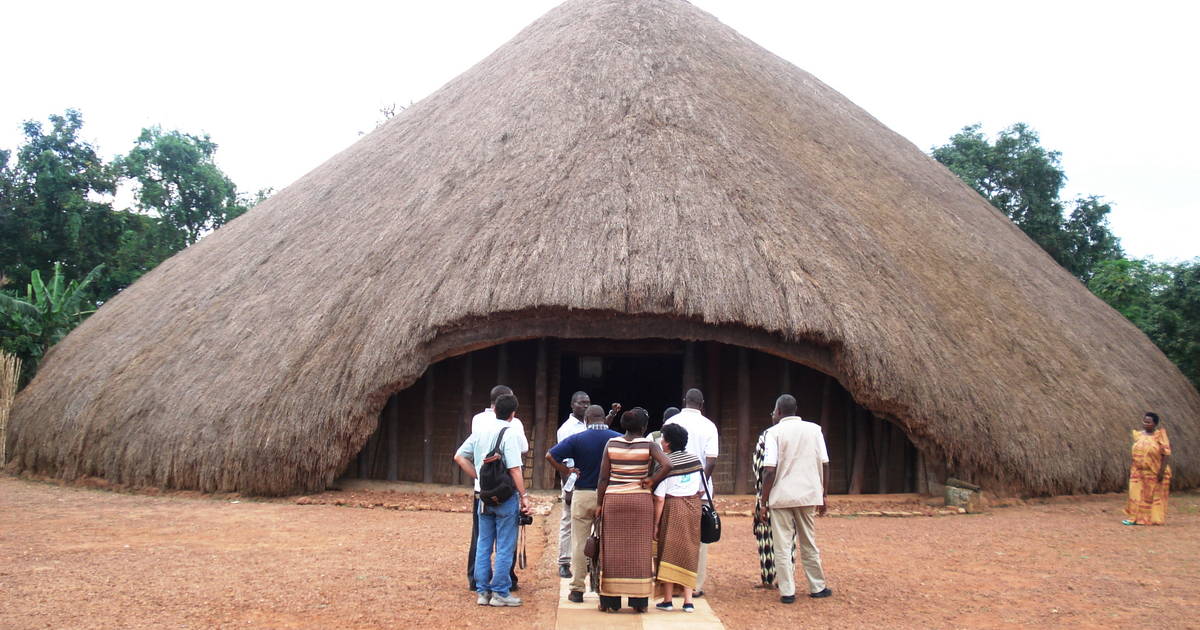




More Articles
Top 5 Interesting Things You Didn’t Know About Gorillas
Your Safari, Your Schedule: The Rise of Uganda Private Tours
Top 20 Most Popular Wild Animals In Uganda